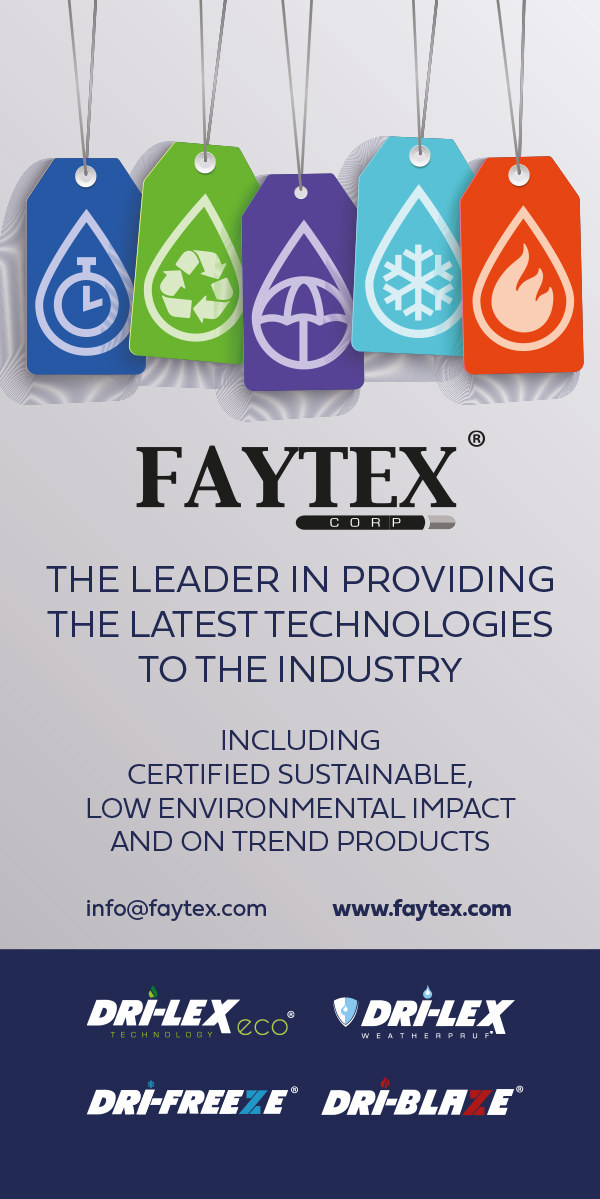AI becomes a serious tool

W.L. Gore & Associates believes a recent project involving AI and its versatile Extraguard safety footwear upper material points the way to a huge range of design possibilities.
Materials innovation developer W.L. Gore & Associates has carried out a series of early investigations into the potential that may exist for using artificial intelligence (AI) in the design of workwear. An early example of the work the company has done so far is focused on safety footwear.
Already convinced that using AI in design offers “fascinating opportunities for inspiration”, the company wanted to “test the limits” of using the technology in the design of safety footwear. It embarked on a project involving the Extraguard material for uppers for safety shoes and boots that it launched last year and said that the results of the experiment were that “amazing design inspiration” can be at the disposal of safety footwear brands and manufacturers if they embrace AI.
More than fantasy
Gore has gone on to look closely at wider workwear possibilities that AI technology can offer its partner brands. It describes the concepts that have come out of this so far as “visionary and more than pure fantasy”.
The visuals it has shared include a workwear jacket with an illuminated city map on the back as part of what the materials company has described as a Klimt-style aesthetic. It has also made a visualisation of a construction worker who is “as strong as Godzilla”, with prosthetic claws designed into an otherwise familiar-looking outfit.
Daily challenges
“We always start with the end users,” explains the company’s business leader for workwear, Leonhard Schlichting. “Where do they work? What are their needs? What are their pain points? How can we improve comfort?” He insists that Gore’s focus goes beyond textiles, tapes and laminates and that it is committed to understanding the daily challenges workers face. From there, it seeks to work with leading manufacturers of shoes and clothing to improve protection and comfort for wearers.
Extraguard’s contribution to this effort is that it offers lightweight characteristics that aid comfort over a long working day. Importantly, the material remains light even when wearers have to spend long periods of time in extreme weather conditions. Other properties the developer of the material points to are flame-retardant functionality and a lower environmental impact than footwear brands have been able to achieve with previous constructions.
Beyond this, the recent Extraguard and AI project also illustrated that the upper material is versatile enough to make a wide range of designs possible. AI makes it easy and quick to visualise new footwear designs, Mr Schlichting explains. He argues that, because it lends itself to a wide range of processing options, a larger number of these designs will be realisable with Extraguard than with other footwear materials.
From keywords to styles
A starting point for the project was to use a selection of terms denoting different safety footwear styles as keywords. Gore then worked with a Los Angeles-based specialist technology partner, AI Alanis, to refine the ideas that emerged into four Extraguard categories: Chelsea boots, rigger boots, athletic safety shoes and rubber boots. These initial design ideas have stimulated a high level of interest from customers, Gore states, and it hopes now to enter into more in-depth discussions with safety shoe manufacturers and brands about the possibilities that lie ahead.
In the recent past, it would have been necessary to show interested customers inspiration boards, images and prototypes to put the concepts across in full. AI is making all of this faster and more realistic. The technology has evolved from being a sophisticated and expensive toy and has now become what Gore has called “a serious tool”.
Its conclusion is that it can provide footwear brands with important help in making the transition from producing safety shoes and boots that workers will wear because they have to. Now, instead, they could find it much easier to create products that workers will wear also because they are attractive and desirable.
Inspired choice. This Chelsea boot style was one of four to come out of Gore’s AI-inspired safety footwear project.
ALL CREDITS: W.L.Gore & Associates












